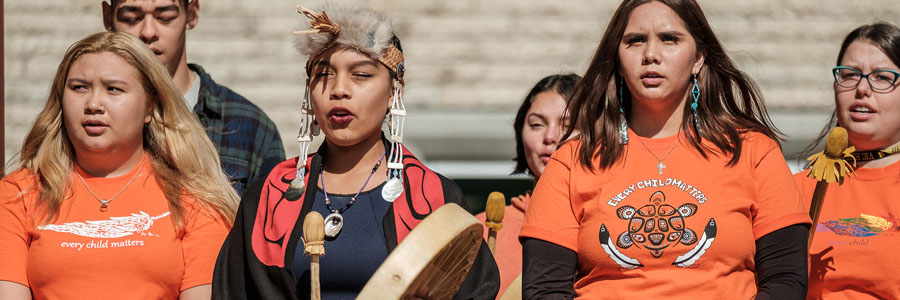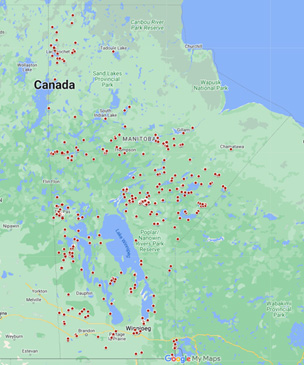

The Indian Act was created by the Canadian government in 1867. This Act is a set of rules that allows the government to manage Indian status, local First Nations groups, and reserve land.
The Indian Act also includes rules that aim to eliminate the differences in language and culture between the Indigenous Peoples and the Europeans. Prime Minister Justin Trudeau, in 2019, described the Indian Act as genocide.
The Indian Act still exists today, and continues to have a huge impact on Indigenous Peoples in Canada. Here are five important facts to know about the Act.

Map of reserves in Manitoba, by The Canadian Encyclopedia, data courtesy Natural Resources Canada and licensed under Open Government Licence-Canada
To ensure that Europeans had good land to settle on in Canada, the Canadian government created reserves – areas of land where First Nations would live. There wasn’t a consistent process or criteria for assigning land. Some were given a small amount of land, and others a large amount. The quality of the land was not considered. They also did not take into account where Indigenous people originally lived. Today 40.6% of the 1,048,405 indigenous people in Canada live on reserves (2021 Census).

Map – In 2021, 4 in 10 First Nations people with Registered or Treaty Indian status lived on reserve, Statistics Canada.
The Indian Act has damaged indigenous culture and people, and continues to do damage. One of the consequences of the Act are the negative stereotypes about Indigenous people in Canada.
“A lot of the social ills (i.e. alcoholism, violence, verbal and sexual abuse, and suicide) found in Indigenous communities have their roots firmly placed in the dark halls of the residential school system.” (Bob Joseph, founder and President of Indigenous Corporate Training Inc.)
When you hear someone say things like “indigenous people are lazy”, or “indigenous people drink too much” you know this isn’t true. This is racism. Indigenous culture is beautiful, and it still exists despite the efforts of the Canadian government to destroy it.
The debate continues whether to abolish the Act or not. While everyone agrees that it is an outdated policy that discriminates, removing it is not a simple decision. This is because the Act also outlines Indigenous Peoples’ rights as status Indians, as well as their treaty rights. Some think that the better path would be to change it. Others suggest that creating new, modern-day treaties would be better.
Meanwhile, Indigenous Peoples continue to hope for equal treatment under the law. Many believe that until this happens, genuine reconciliation would not be possible.
By Nastashya Wall
Please login to tell us what you think.